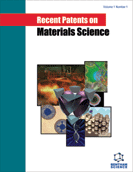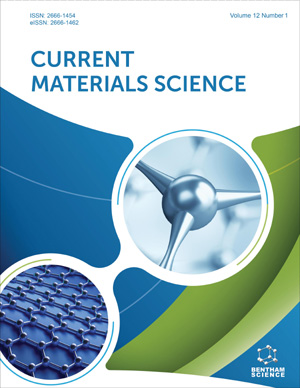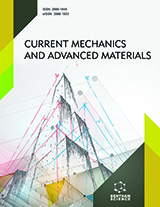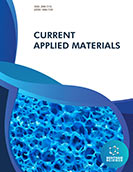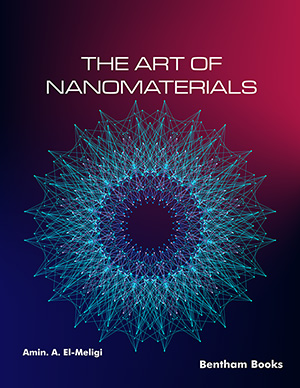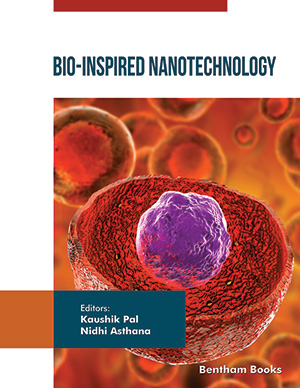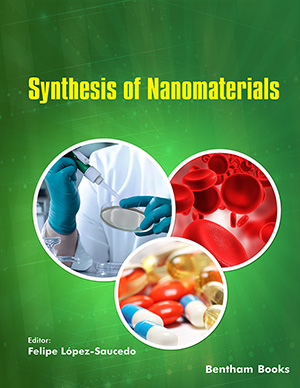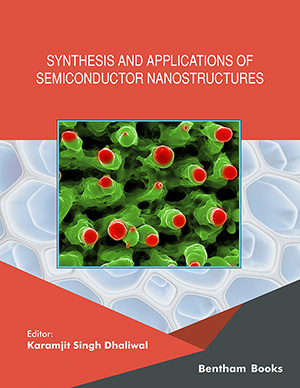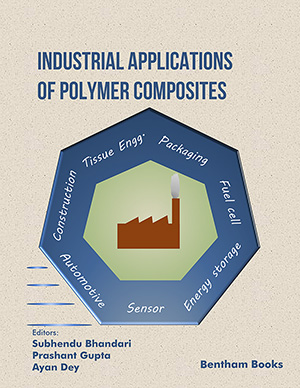Abstract
Properties of most of the materials are tremendously influenced by some imperfections or defects. These imperfections greatly alter the mechanical, electrical, surface, chemical, and thermal properties of materials. Therefore, one should have complete knowledge of defects or imperfections. The mechanical properties of pure metals greatly change when they are alloyed; for example, steel (a combination of iron and 0.1% carbon) is much harder and stronger than pure iron. Bronze (20% tin and 80% copper by mass) produces a much harder and sharper weapon than pure tin or pure copper. Jewelry gold (pure gold and 5% copper by mass) is a much harder, lustrous, and durable gold than pure gold.
Keywords: Dispersion strengthening, Edge and screw dislocations, Frenkel defect, Grain boundary defect, Grain boundary strengthening, Line defects, Point defects, Plane defects, Precipitation hardening, Schottky defect, Solid solution hardening, Strain hardening, Twin boundary defect, Volume defects.




